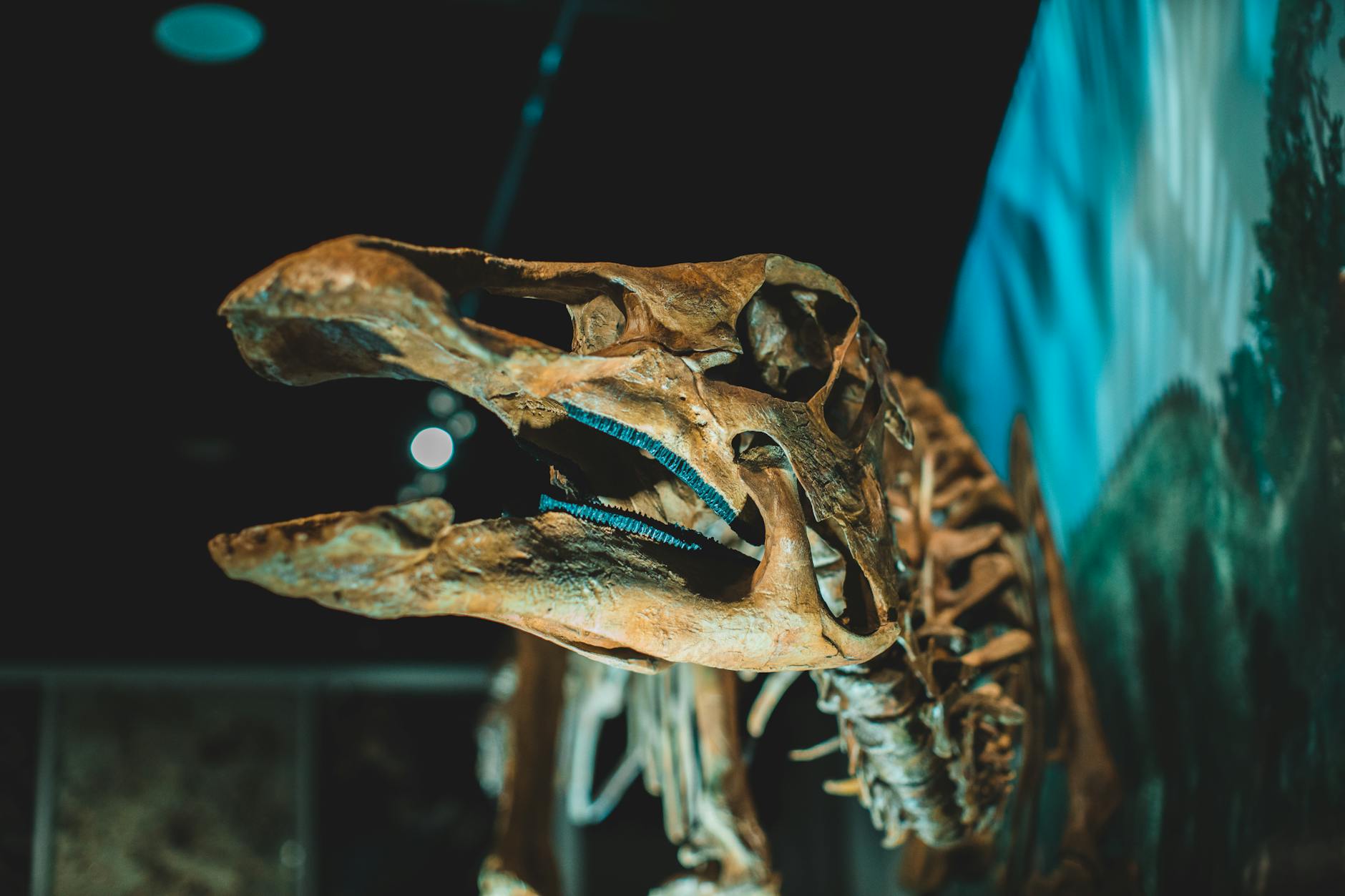New Dinosaur Species Unearthed on Isle of Wight, Revealing Ancient ‘Sail’ Structure
Fossil Discovery Sheds Light on Iguanodontian Diversity and Potential Mating Displays
Paleontologists have announced the discovery of a new species of dinosaur, unearthed on the Isle of Wight, an island renowned for its rich fossil beds. The creature, formally named Istiorachis macarthurae, is notable for a prominent sail-like structure that ran along its back and tail. This finding contributes to our understanding of dinosaurian diversity during the Cretaceous period and raises intriguing questions about the function of such anatomical features.
Fossil Site and Identification of a New Species
The fossils of Istiorachis macarthurae were discovered on the Isle of Wight, a location that has yielded a significant number of dinosaur remains, offering a window into prehistoric life in Britain. The identification of this new species is attributed to Dr. Jeremy Lockwood, a PhD student associated with the University of Portsmouth and the Natural History Museum. His research, detailed in the scientific community, establishes Istiorachis macarthurae as a distinct iguanodontian dinosaur.
The Striking ‘Sail’ Feature and its Proposed Functions
The most distinguishing characteristic of Istiorachis macarthurae is its pronounced sail, described as “eye-catching.” Scientists theorize that this feature may have served a biological purpose, with a leading hypothesis suggesting its role in attracting mates. Such display structures are known in other dinosaur species, like the well-known Spinosaurus or the earlier Ouranosaurus, which also possessed sail-like dorsals. These sails could have been used for visual signaling, thermoregulation, or a combination of both, depending on the specific environmental pressures and social behaviors of the species.
The naming of the dinosaur, Istiorachis macarthurae, honors the prominent sailor Dame Ellen MacArthur, acknowledging her contributions and connection to the Isle of Wight. The scientific naming convention reflects this dedication, embedding a human element into the paleontological record.
Broader Implications for Iguanodontian Evolution
The discovery of Istiorachis macarthurae adds another piece to the complex puzzle of iguanodontian evolution. Iguanodontians were a successful group of herbivorous dinosaurs that lived during the Early Cretaceous and into the Late Cretaceous. Their wide geographic distribution and diverse adaptations underscore their evolutionary significance. This new species, with its unique sail, provides further evidence of the varied forms and lifestyles that emerged within this dinosaurian lineage. Understanding the evolutionary pressures that led to the development of features like the sail is crucial for a comprehensive picture of dinosaur biology and behavior.
Ongoing Research and Future Discoveries
The examination of these fossils is an ongoing process. Further analysis of the skeletal structure, combined with comparative studies of other iguanodontians, will likely reveal more about Istiorachis macarthurae‘s diet, locomotion, and its place within the Cretaceous ecosystem of the Isle of Wight. Paleontologists continue to explore the island, which holds the potential for additional significant discoveries that could further illuminate prehistoric life.
Key Takeaways
- A new species of dinosaur, Istiorachis macarthurae, has been discovered on the Isle of Wight.
- The dinosaur, an iguanodontian, is characterized by a prominent sail along its back and tail.
- Scientists propose the sail may have been used for attracting mates, a common function for such displays in the animal kingdom.
- The discovery contributes to the understanding of dinosaur diversity and evolution, particularly within the iguanodontian group.
- The Isle of Wight remains a critical site for paleontological research, with ongoing potential for new fossil finds.
The scientific community anticipates further insights as research into Istiorachis macarthurae progresses. These findings underscore the dynamic nature of scientific discovery and the continuous expansion of our knowledge about Earth’s ancient past.
References
- Discovery of New Dinosaur Species on Isle of Wight – The Guardian


























